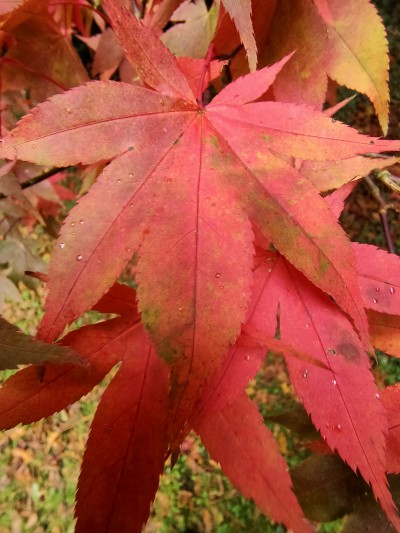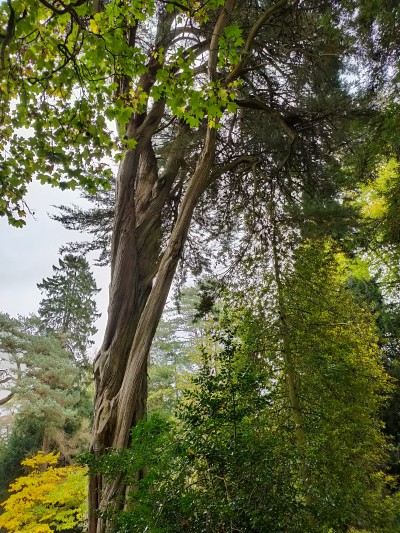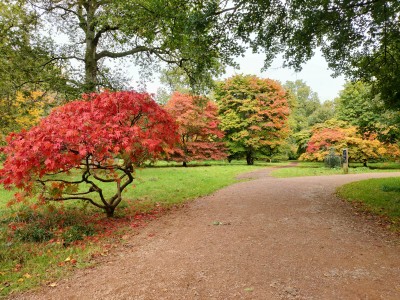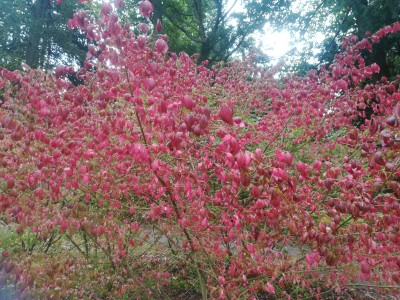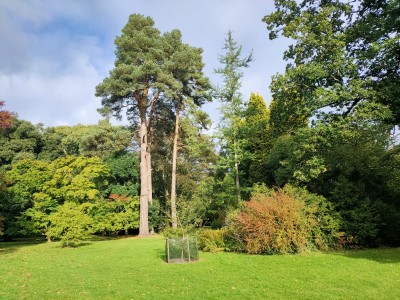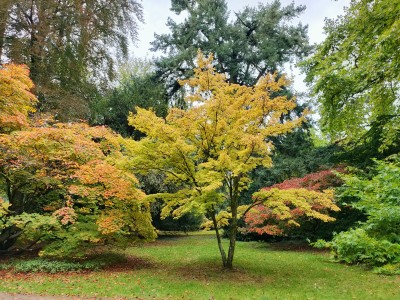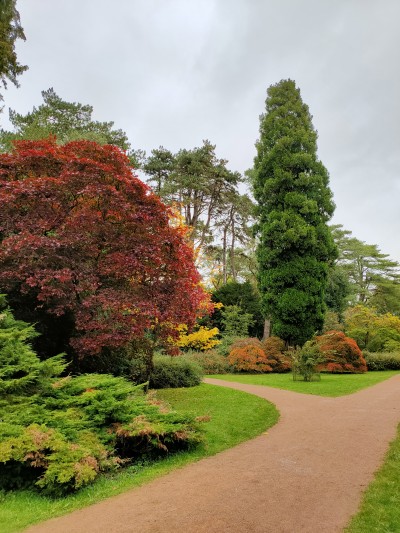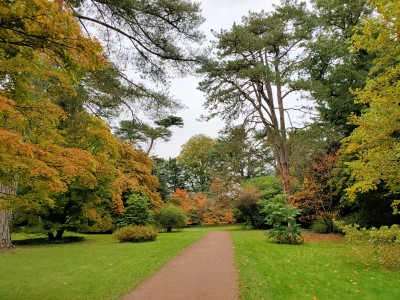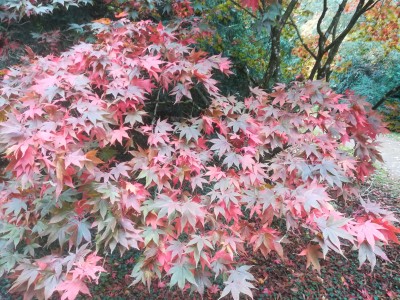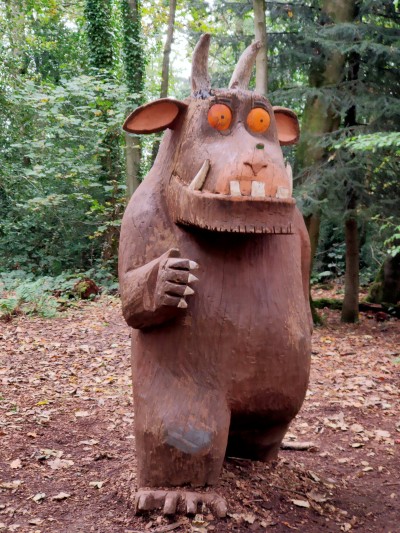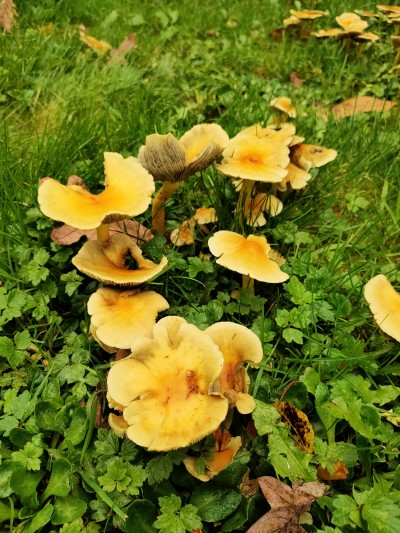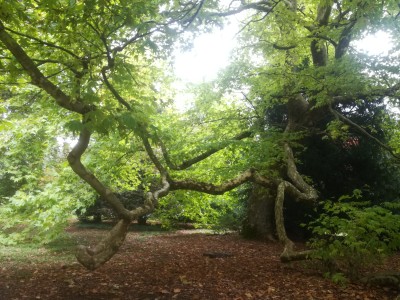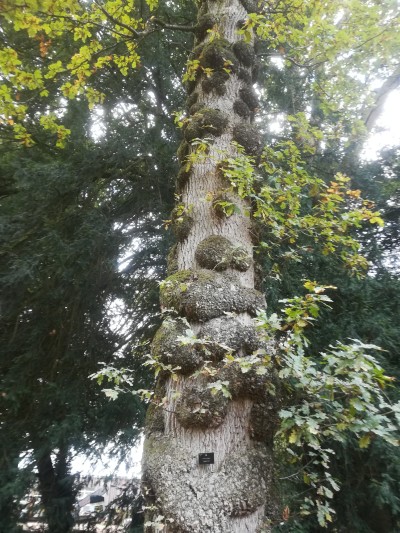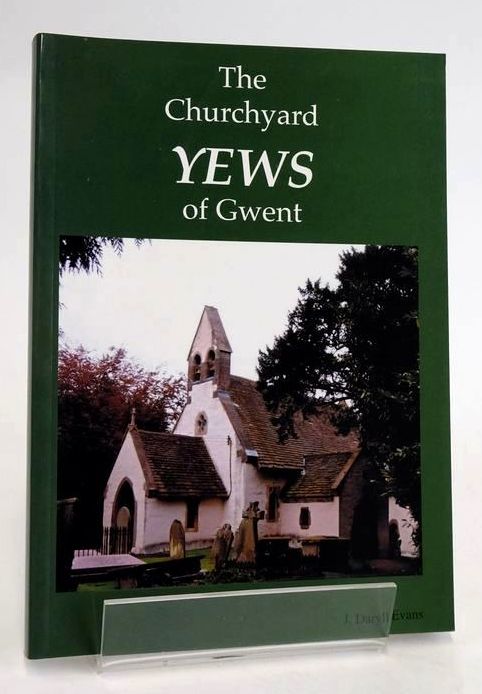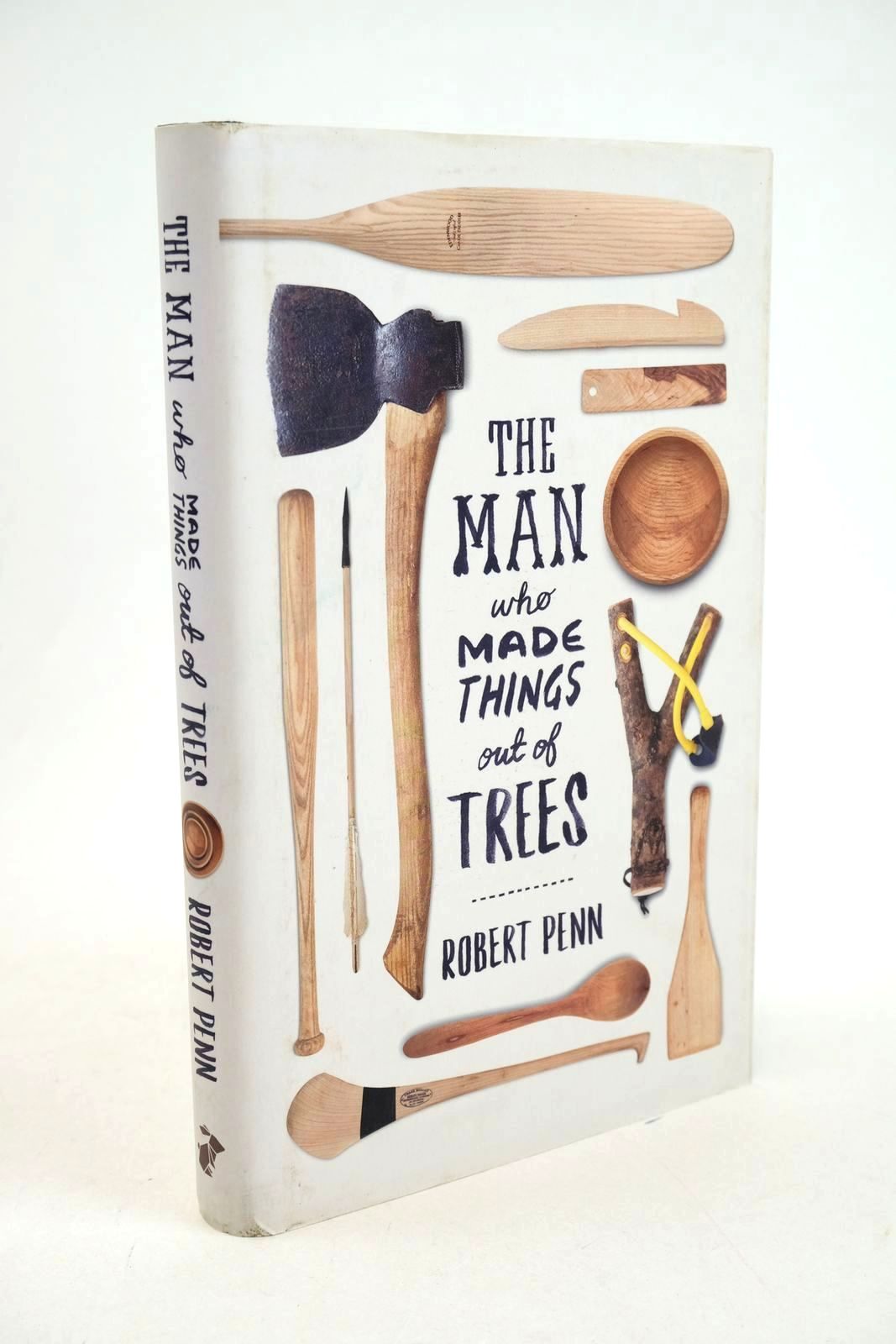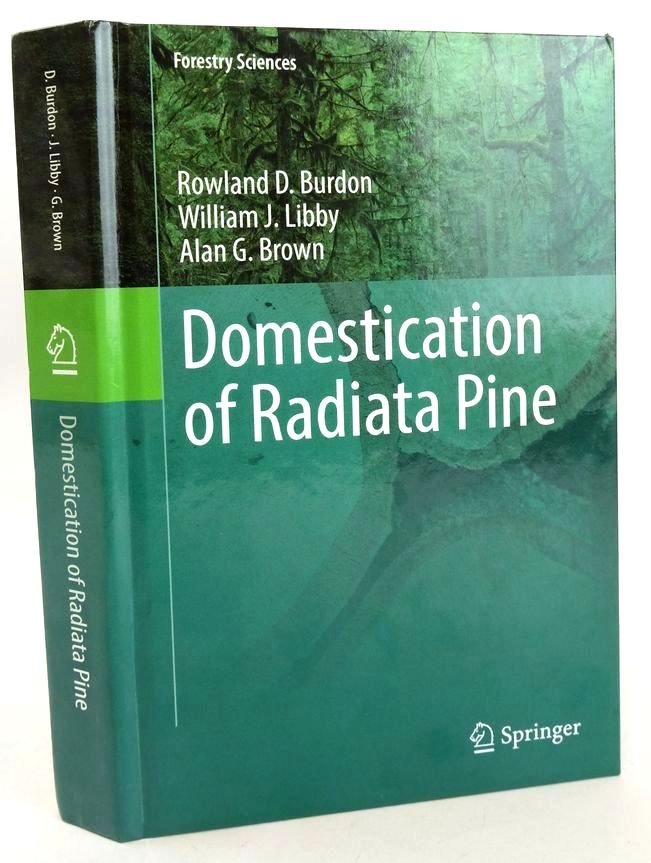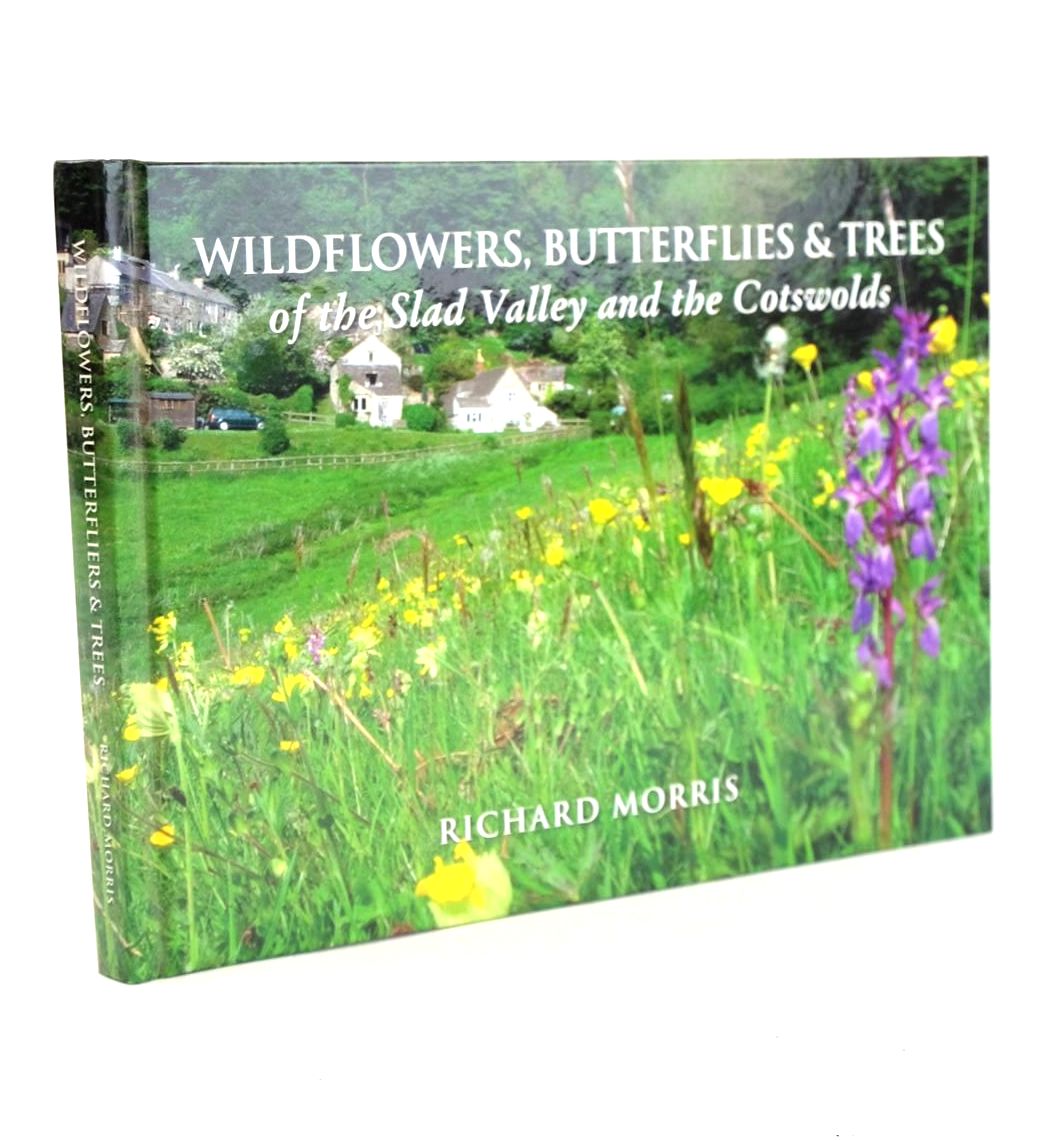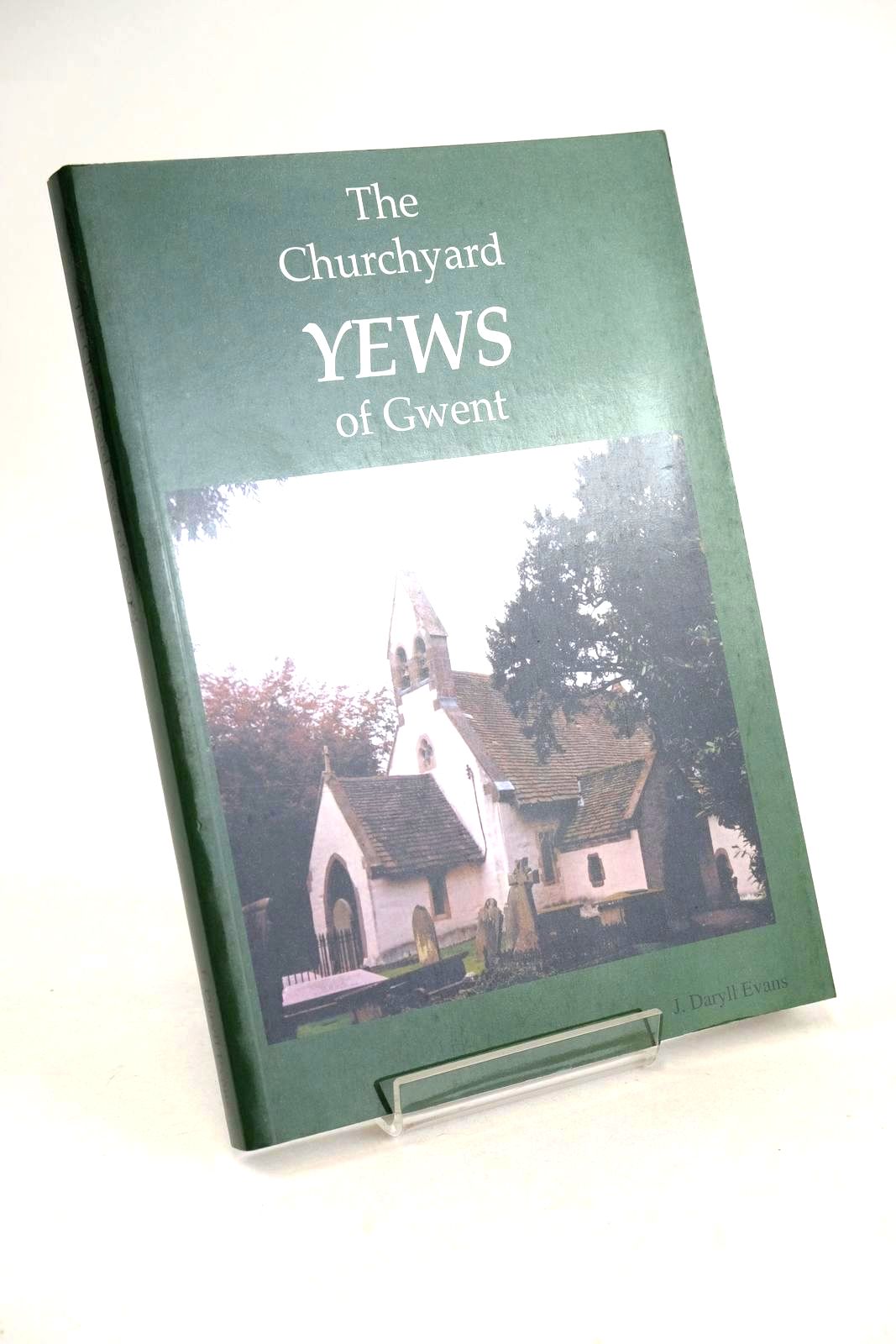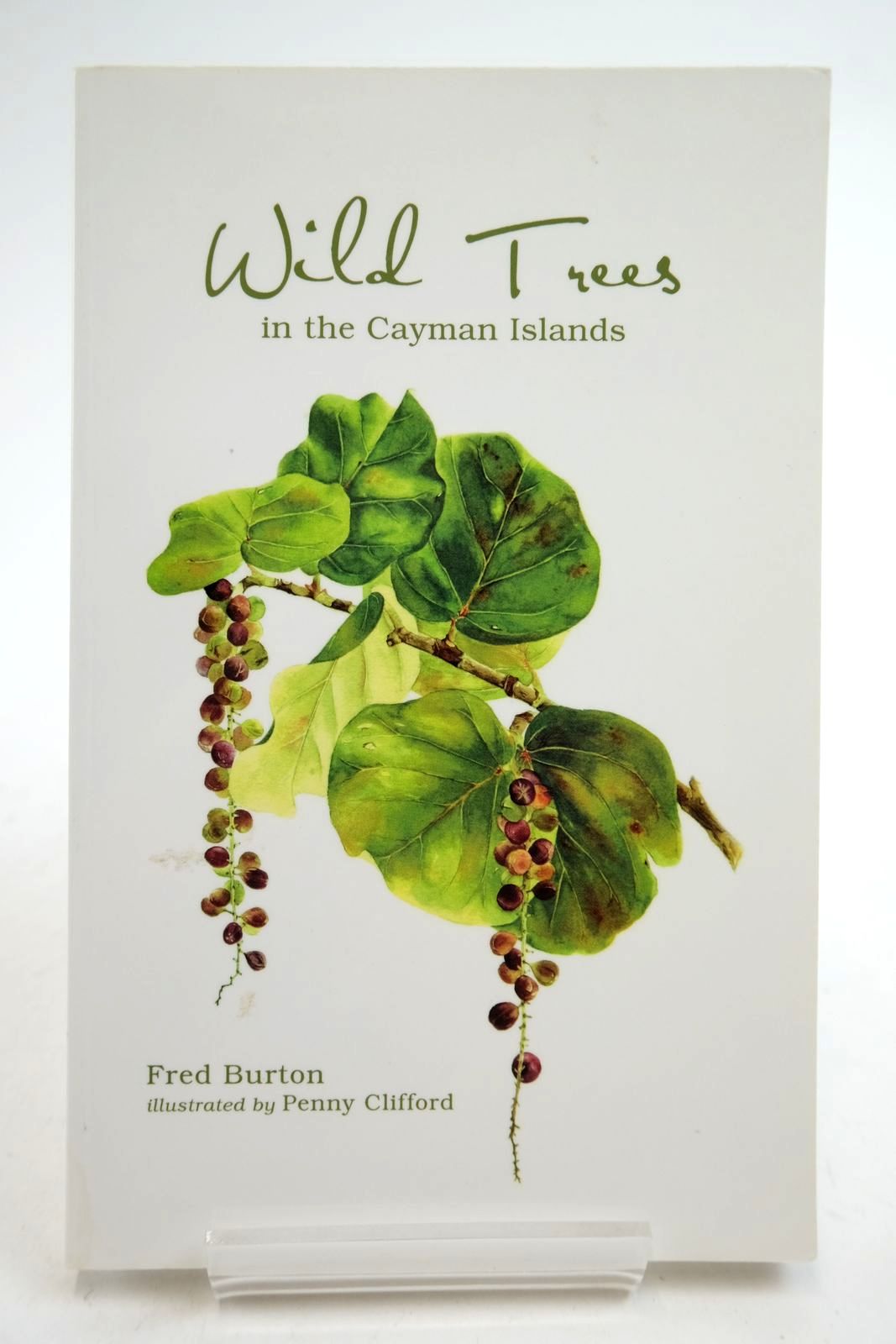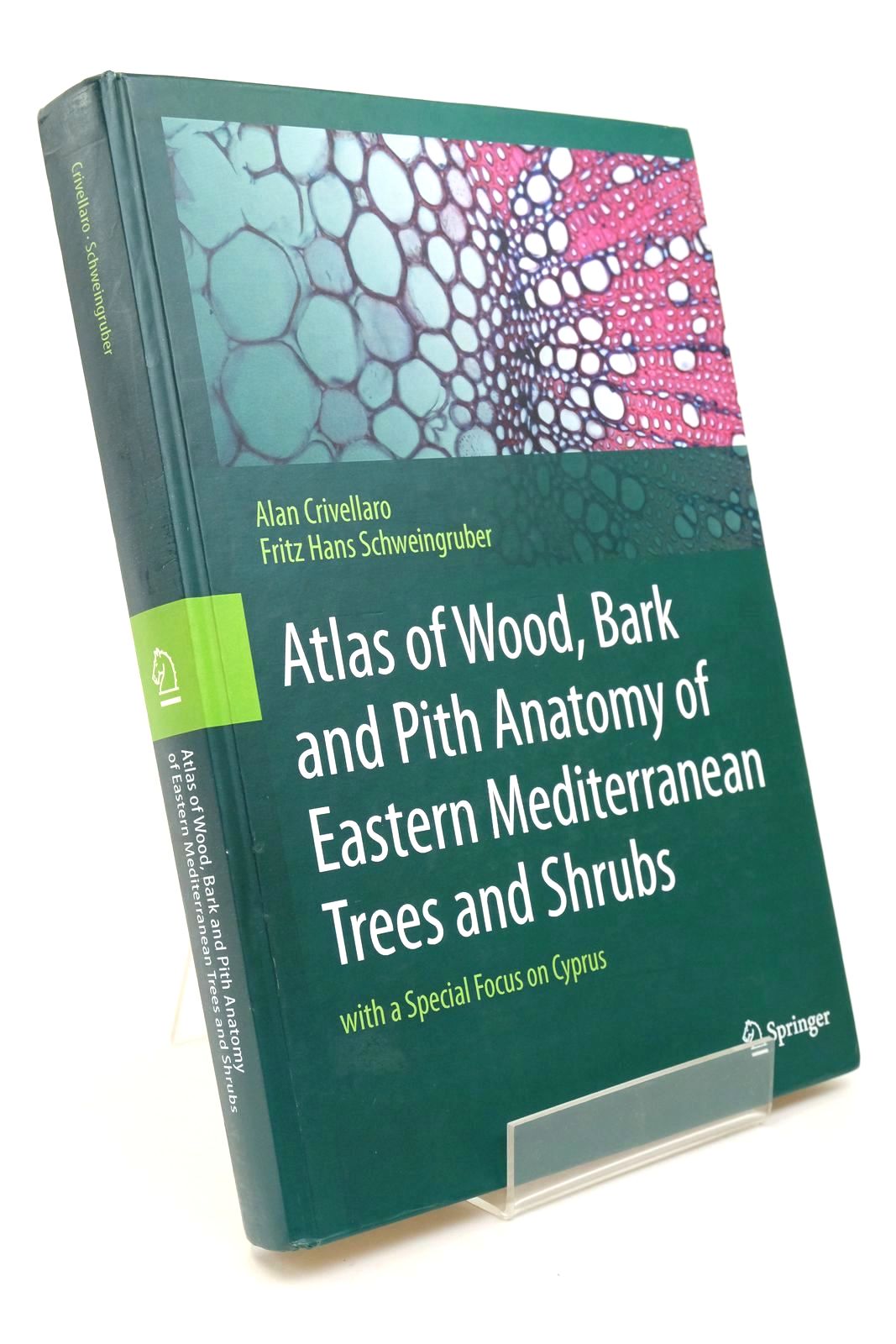Trees
Trees – perhaps we take them for granted as they are always there. One of the first things that we learn in early childhood may be what a tree looks like as we incorporate them into our first works of art. But do we always stop and think just how vital these trees are to life on our planet?
It is said that forests and trees are the lungs of the earth and, when you think about it, how true that is. Trees absorb the carbon dioxide that we breathe out and in turn release oxygen that animals and humans need to breathe in. It's a natural recycling process that is beneficial for all living things.
However, trees do so much more than just give us the oxygen we need. Their root structures can help reduce erosion; their canopies can provide shelter and homes to a variety of animal, insect, and bird life. They can also produce numerous varieties of food stuffs; be used for fuel; as a building material and in various arts. And how could I forget books? One of the main sources of the fibres to make paper for books is from wood! Besides all that – being surrounded by trees, such as on a woodland or forest walk, can give us an enormous sense of well-being and enjoyment.
It is estimated that there are around 3.04 trillion trees across the globe, with over 60,000 different species making up that number. All a bit astounding to think in those numbers (note to self: a trillion has 12 zeros after it!)
An arboretum is a botanical garden especially devoted to trees. This year, living only an hour away from the Westonbirt Arboretum, my husband and I took a trip to view and enjoy the changing autumn colours. It is home to 2,500 different species of tree from the far corners of the globe and has five national tree collections. I was especially excited to see all the acers (maples), as we have potted ones in our garden and the colours are stunning.
Although it feels like the leaves have taken a while to change this year, the colours did not disappoint, even in the rain. We ambled down 'Acer Glade' in the old arboretum and meandered the Maple Loop in the newer part, oh, and we did spy The Gruffalo along the way!
The scene was a profusion of spectacular reds, oranges, yellows and purples, with the leaves falling and swirling into blankets on the ground. The oldest acers at the arboretum were planted by the Holford family in the 1870s. It wasn't until the 1980s that the Forestry commission created the Maple Loop. Westonbirt now holds the National Collection of Maples and Maple Cultivars.
Of course, there was so much more than just the maples to enjoy. We spotted a number of fungi that had popped up and we watched as a squirrel bounded about searching in the fallen leaves and then promptly hopped up the nearby tree. Then there was the particularly gnarled looking oak tree and one tree that had grown at strange angles, looking a bit like a climbing frame!
All in all, it was well worth the visit. It has since made me stop and think more about the trees I see every day, wherever I may be, and appreciate just how crucial they are in so many aspects of our lives.
Contributed by Joanne
Credits:
https://www.forestryengland.uk/westonbirt-the-national-arboretum and site map
Wikipedia
Some photos: G. Hill
(Published on 1st Dec 2021)


